The evolution of VR fitness: How FitXR is creating the next virtual fitness gym
FitXR co-founder Sam Cole talks sweat, community and the evolution of VR fitness
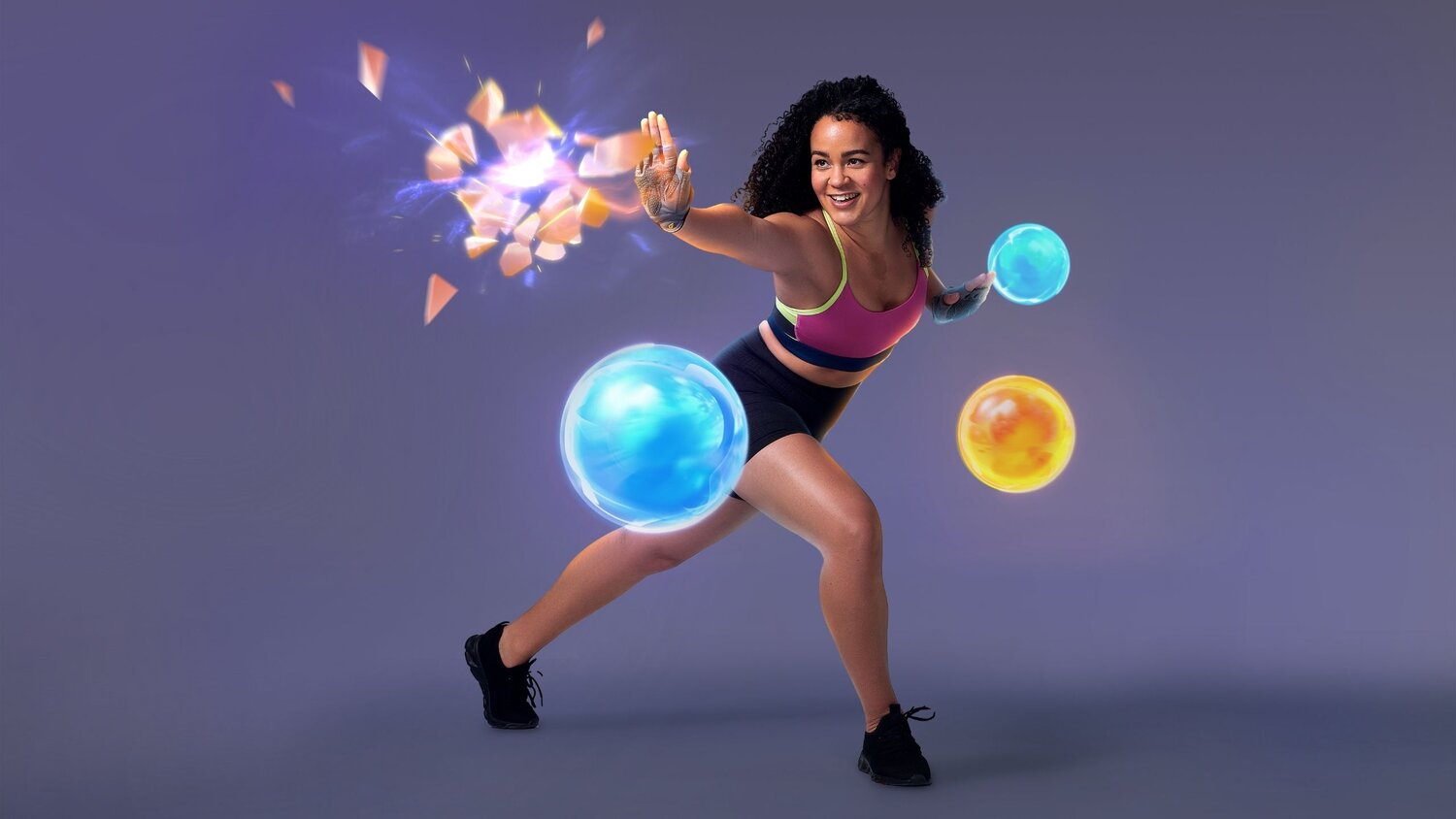
Whether you like it or not, virtual reality is exploding; from Samsung recreating its New York City experience center in a virtual space to showcase the latest Unpacked event, to people making $16K a month on a virtual gas station NFT in the metaverse. They say the world is your oyster, but a virtual one shucks that oyster wide open to a limitless galaxy of planets for anyone to do anything in.
Despite the monumental progress VR has gone through since the first known virtual reality head-mounted display (HMD) — The Sword of Damocles (how metaphorical) — in 1968, the virtual Big Bang is still in its infancy. According to market research (via Yahoo! Finance), global virtual reality device shipments reached 13.48 million units in 2020, and are expected to reach a volume of 112.62 million units by 2026. All in all, there’s room to grow, and we’re now seeing major tech companies such as Meta, Sony, Microsoft and Apple dominate the space with new and upcoming VR tech to suit the everyman’s needs.
Unsurprisingly, VR gaming is at the forefront of why the virtual reality space is booming; with Oculus recreating GTA: San Andreas for the Quest, Sony’s PSVR 2 making headlines, and Valve taking the platform to new heights with Half-Life: Alyx. But there are other branches in VR coming into the fold, with VR fitness, in particular, rapidly gaining traction.
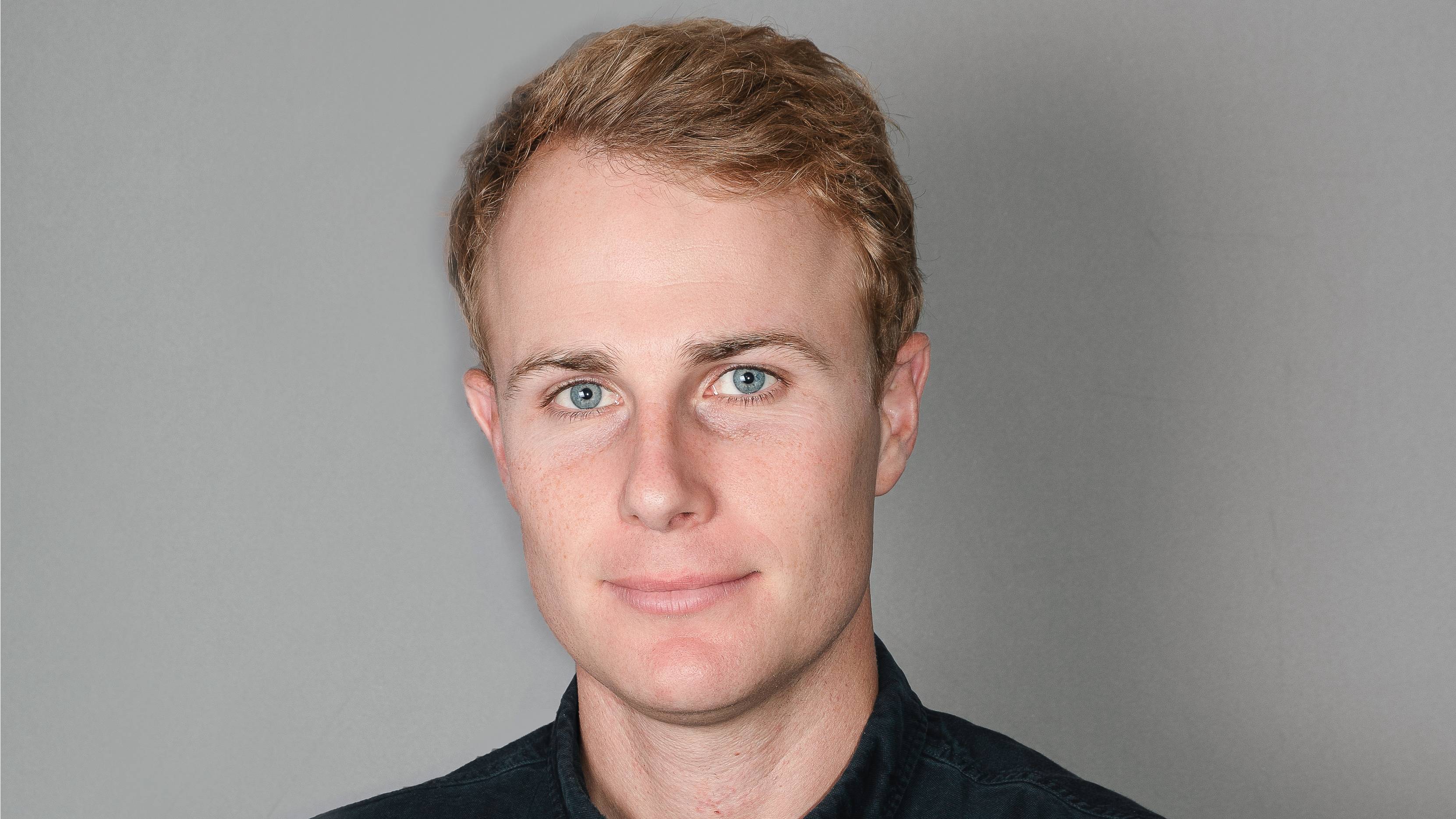
These aren’t the apps offering a gaming experience that makes you move. No, these are apps designed to be your personal fitness coach, to make you sweat, and to provide a “habitual relationship with fitness.” That’s what Sam Cole wants to make clear, the co-founder and CEO of the award-winning FitXR fitness app available on Meta Quest, and eventually PlayStation and Steam.
We chatted with Cole to talk about how the virtual fitness app came to be, why standalone VR headsets are a game-changer and the benefits of building towards the “Holy Grail” of fitness platforms.
FitXR’s musical beginnings
Hitting over one million downloads at the end of 2021, the fitness technology company has seen waves of users take on its forever-growing list of at-home fitness classes. FitXR has come a long way since its beginnings in 2016, and I had guessed it was inspired by vigorous games like Beat Saber and the like. Well, I was partially wrong, as Cole details more interesting musical beginnings.
“I remember being in a 24/7 weights room at a gym, and I remember watching people walk around with headphones and I thought to myself, these people are in a way augmenting their reality, but you'd never call it that, right? You call it listening to music, but it's like they're bringing in an additional layer into their world to make the experience more engaging and more enjoyable.”

Cole continues: “I think the catalyst for us forming FitXR was that we really believed that the next computing platform after the smartphone would be some kind of mixed reality wearable device. We got excited initially about what Magic Leap was doing. As a result of that, we looked more closely at virtual reality and augmented reality as an entire immersive fitness space.”
Magic Leap is one of the first companies to make a lightweight, head-mounted virtual retinal display, with the Magic Leap One being their first stand-out product. With that kind of technology, it’s a no-brainer to think about the potential of entering a virtual reality fitness space without having a chunky device weighing you down while you box, dance and move around during HIIT-focused workouts. “I really believe that once we had access to these kinds of eyeglasses, or what a bit of technology looks like when it finally arrives, I felt like that space could be transformed.”
It turned out that the early Oculus headsets laid the groundwork for early prototyping, with Cole and co-founder Sameer Baroova working on concepts in a garage. A lot of inspiration came from group fitness classes that they regularly did, including boxing, rowing and cycling.
“We were probably a little bit dismissive, if I'm really candid, about what we thought the promise of virtual reality was for fitness at the time.” As Cole indicates, they thought a lot of things that customers that are new to the space would question, such as: “What about sweat? Am I going to get nausea or any of those kinds of issues?” Valid questions, but at the end of the day, Cole found it was more about getting lost in the experience, much like being in the zone when a cracking tune starts blaring – giving you the extra push to finish a workout.
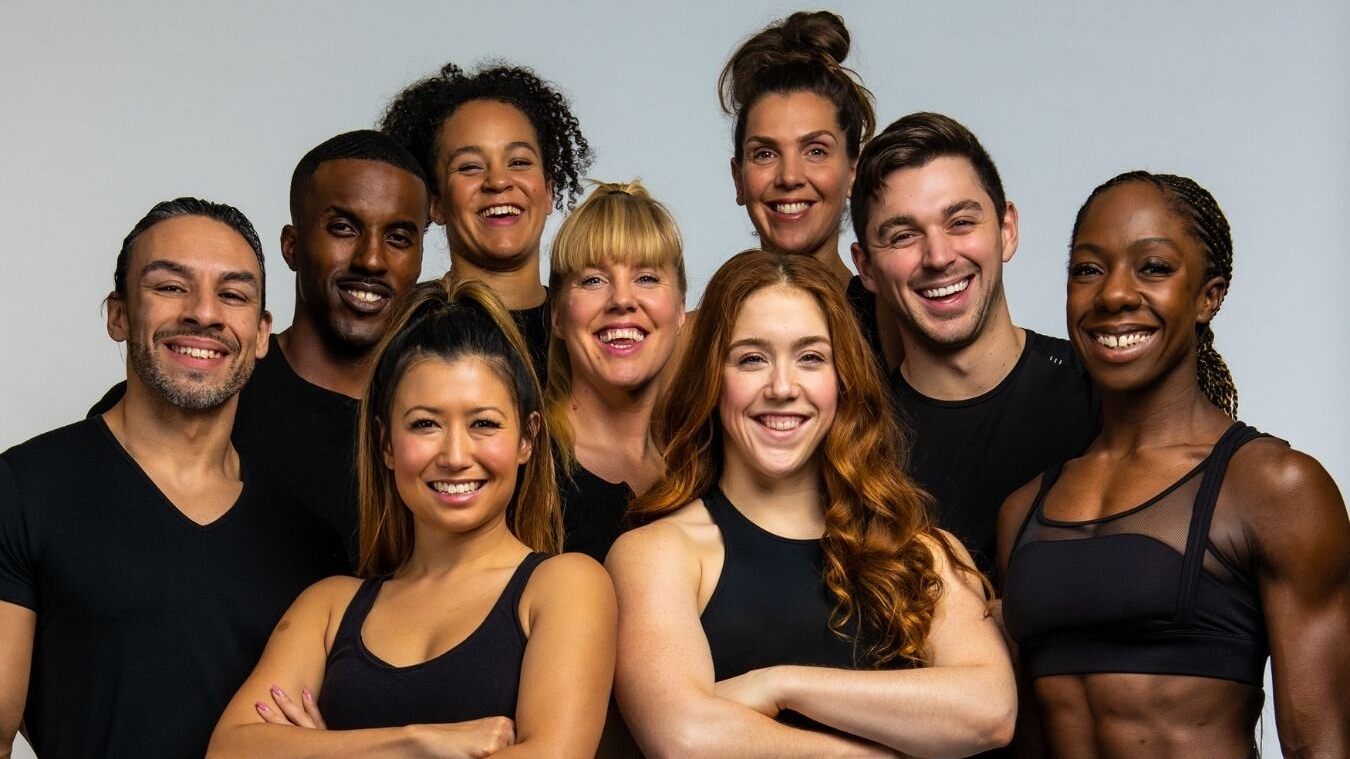
“We could still lose ourselves in a very early iteration of the experience, and that for us was a big aha moment when we then decided to invest much more of our thinking and time on virtual reality, but still have a view to what immersive technologies might look like more broadly as the overall hardware matured.”
Speaking of sweat, I asked Cole about some of the drawbacks of using a VR headset to workout. Sure, HMDs aren’t as chunky as they were six years ago, but that doesn’t eliminate people’s queries about dealing with a sweaty headset. But Cole puts that line of thinking to bed:
“We once had an investor ask us ‘well, what happens if you sweat?’ and we were like, we're a fitness company. So, if you didn't sweat, I think that would be a problem. Sweating is kind of like a byproduct of what we're trying to do, right?”
I mean, he has a point. After using FitXR for more than three months now, it’s hard to not expect to sweat with each workout. I would sweat in any other form of fitness I did, from home workouts to running, and VR fitness shouldn’t be any different. Plus, all it takes is a quick wipe down of the headset, and it’s good to go for another dive into virtual workouts.
Stay in the know with Laptop Mag
Get our in-depth reviews, helpful tips, great deals, and the biggest news stories delivered to your inbox.
The evolution of VR hardware
With rumors of Meta’s Oculus Quest Pro, the hugely anticipated PlayStation VR2 and Apple’s VR headset featuring MacBook Pro-level power spreading, I asked Cole what the evolution of VR hardware would look like, and the benefits VR fitness could reap.
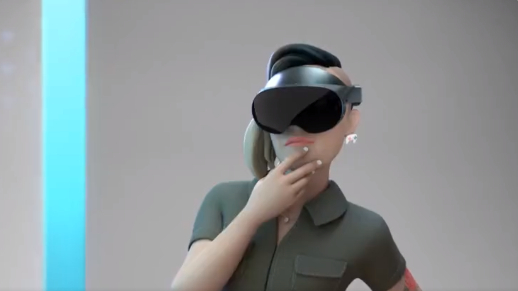
I think that the move to standalone headsets was a game-changer,” Cole states. “I think anything that makes the technology more accessible to a widespread audience is a big thing for fitness. We see a real sizable and growing segment of our customers buying the headsets specifically to use fitness and I think those types of customers are more aided by the overall hardware and the operating software of the device getting even more intuitive and easy to use.”
Purchasing VR headsets like the popular Oculus Quest 2 specifically for fitness is a major leap for the platform, as it means people aren’t just getting the Quest to play Resident Evil 4 or The Walking Dead: Saints & Sinners. Cole goes on to talk about how headsets will become lighter over time, and come up with solutions to issues such as lens fog. But the evolution of hardware isn’t just limited to VR, as mixed reality can also play a major role in taking the space forward.
“Some of the hardware shifts that we're really excited about is the move towards mixed reality and how that will be enabled through some of the rumours we're hearing about what a potential Apple headset might look like or also what the next Pro headset from Meta might look like. I think things like full colour pass through and what that enables from a fitness perspective is super interesting."
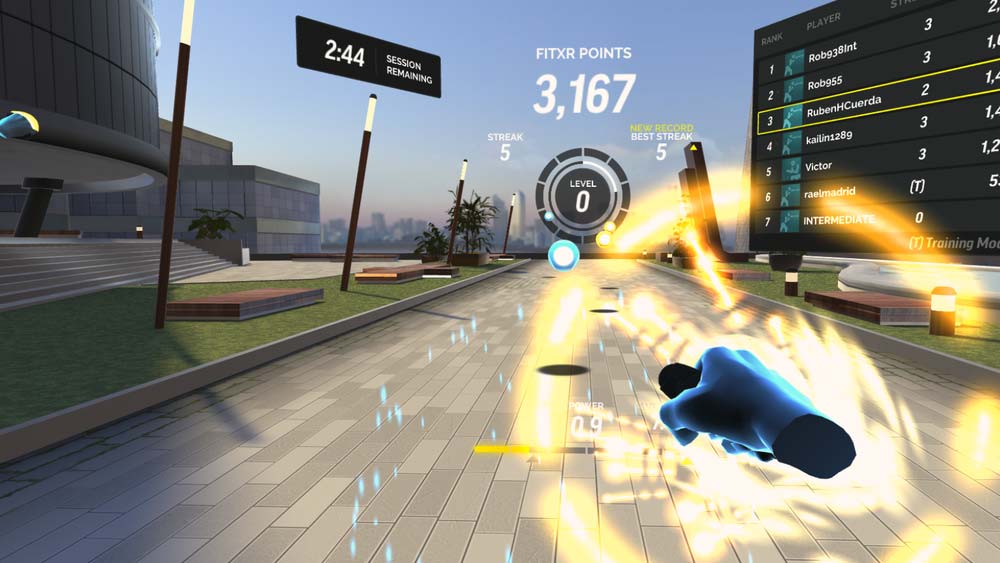
“We've always taken a lot of inspiration early on from applications like ClassPass that enabled us as group fitness attendees to have a wide and varied fitness experience. You know, we didn't want to just go to the same boxing class every day of the week. We wanted to go to boxing boot camps and then do some other stuff on the side. We've always tried to bring that into FitXR and, as the technology progresses and we're able to support more and more fitness modalities, we get really excited about being able to provide an even more holistic fitness experience.”
As you’ll find in our FitXR review, gamifying your workout is the latest fitness trend, and the fitness app combines dancing and boxing movements to create a futureproof library of HIIT-friendly classes for a few bucks per month. The team updates the app daily with new fitness routines, whether it be an advanced 20-minute boxing session, a quick 8-minute HIIT class, or an intense 15-minute dance to upbeat tunes. FitXR already brings variety, but it wants to bring more to the table as the technology improves.
“The type of exercise experience that you're getting from FitXR at the moment means that you're coming back in and as you're going along your fitness journey, you're getting a great cardio workout. We would love to be able to give, say, a strength-based workout or a yoga-based workout to provide even more of a holistic fitness experience. We want to provide new and varied content to both keep you engaged as a customer.”
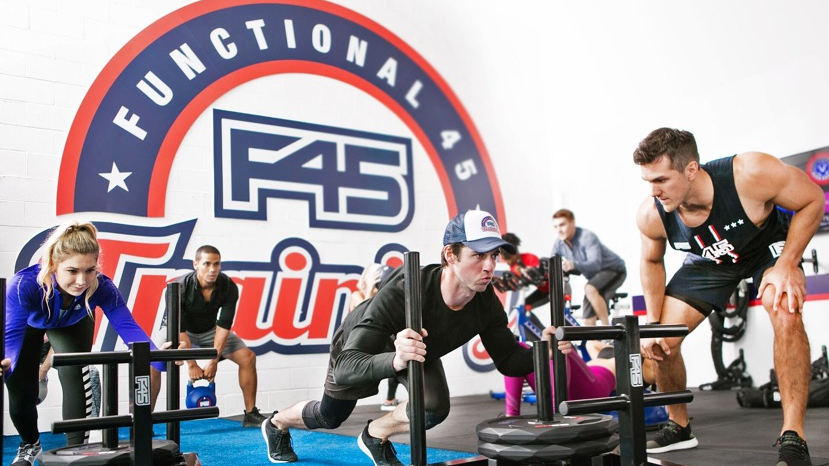
I brought up F45 Training, a group-based exercise class that uses a mix of circuit and HIIT-style workouts that I did for a time. Real-world workouts such as these are always going to be a competitor for the VR fitness space, but they can also contribute to where it can go.
“Yeah. I think F45 have done some interesting stuff, particularly through the pandemic and how they were able to provide digital at-home solutions for their customers. What they were able to show is that you can actually do a huge amount with body weight and you can do a huge amount at home without a lot of this additional equipment around you. I feel like what [FitXR] has done already is push the boundaries more than anyone else in the market around how intense we can make a fitness experience. But it's a really interesting proposition where you can, you know, build experiences that can get closer and closer to the F45 studio experience.”
Exclusivity is (not) key
This is the CEO of FitXR I’m talking to, so it’s only right I ask about his own experience of working out in a virtual space. With anyone creating their own craft in fitness, from yoga instructors to CrossFit fanatics, you’d expect them to solely do those workouts and nothing else. Well, FitXR doesn’t want to have a cult-like status, and prefers VR fitness to add to people’s fitness routines; not be their only way of working out.
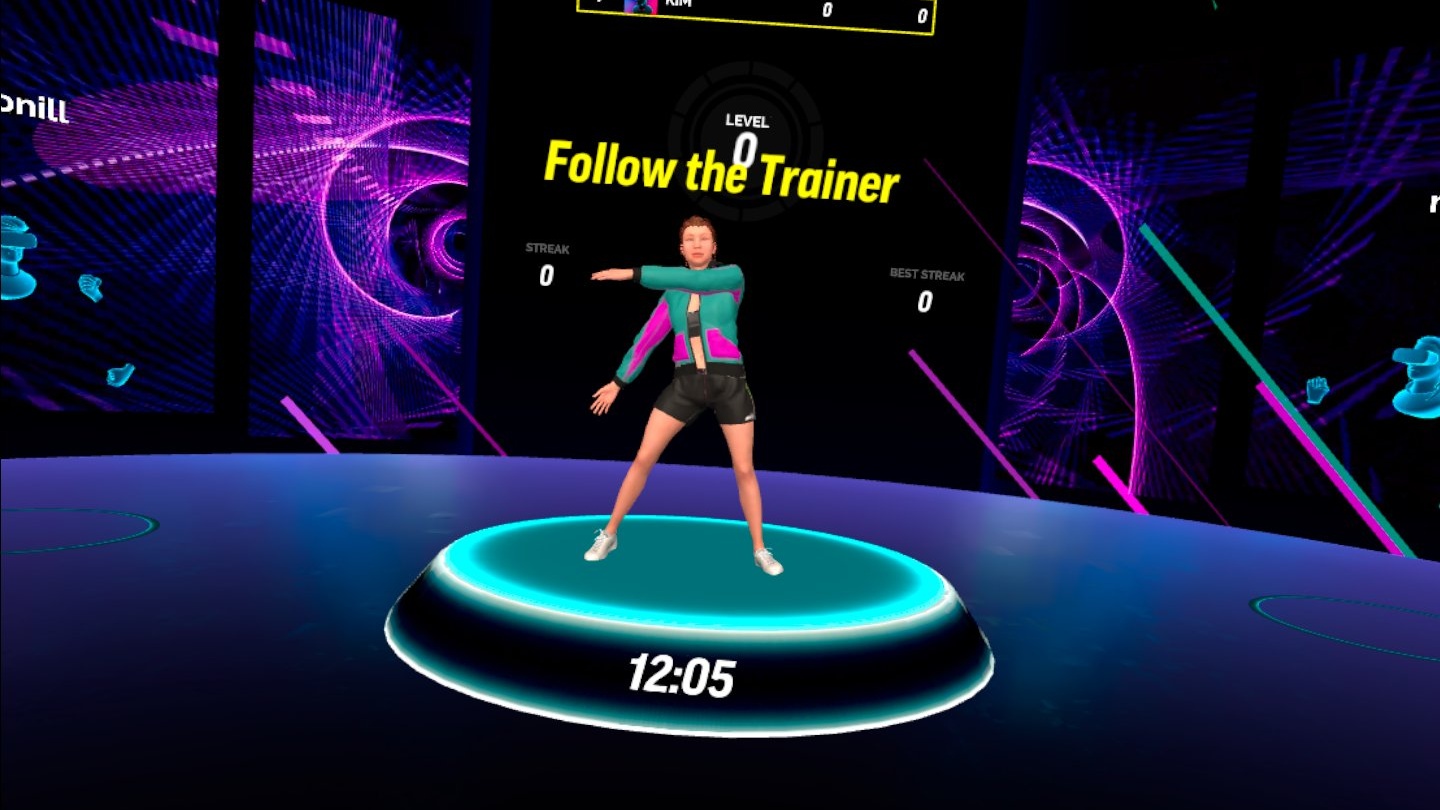
“On my personal journey, I use FitXR as part of a wider variety. I still crave that variety. I still love going on outdoor runs, and yeah, I still lift weights at home. So for me, it's a part of my overall experience. I think we as a company thought it was super important for FitXR to be an inclusive fitness company. We saw way too many examples of fitness brands that, in the desire to build something that was almost like a cult, sometimes became very exclusive, and we never wanted to do that.
“What we really want to be able to do is get to a mode where we're able to significantly tailor the experience based on what people are doing outside of the application as well to live up to this idea that we don't have to be an exclusive part of your fitness regime. In fact, we can tailor our experience significantly to complement what you're doing outside of the application. For us, that's really important.”
Final words
Cole closes out with some advice for anyone looking to get into VR fitness via FitXR, which I’d personally recommend if you’re looking for a new way to keep fit. It’s $10 per month to become a member, but there’s a seven-day free trial for any Quest owners that want a taste of VR fitness.
“My one bit of advice here would be to join our private group on Facebook. There are about 11,000 subscribers on there right now, and it's constantly a source of inspiration for me and the team and we use it a lot to get really great tastes and opinions about how we can improve the product experience.
“But there's a lot of support, encouragement and kind advice from our community. And I think that mainly exists on Facebook, but there are also other ways you can access them on a variety of different platforms. Once to sign up to FitXR with the seven-day free trial, move into that community that offers a more engaged involvement with other people who are on this journey as well.

Darragh Murphy is fascinated by all things bizarre, which usually leads to assorted coverage varying from washing machines designed for AirPods to the mischievous world of cyberattacks. Whether it's connecting Scar from The Lion King to two-factor authentication or turning his love for gadgets into a fabricated rap battle from 8 Mile, he believes there’s always a quirky spin to be made. With a Master’s degree in Magazine Journalism from The University of Sheffield, along with short stints at Kerrang! and Exposed Magazine, Darragh started his career writing about the tech industry at Time Out Dubai and ShortList Dubai, covering everything from the latest iPhone models and Huawei laptops to massive Esports events in the Middle East. Now, he can be found proudly diving into gaming, gadgets, and letting readers know the joys of docking stations for Laptop Mag.
